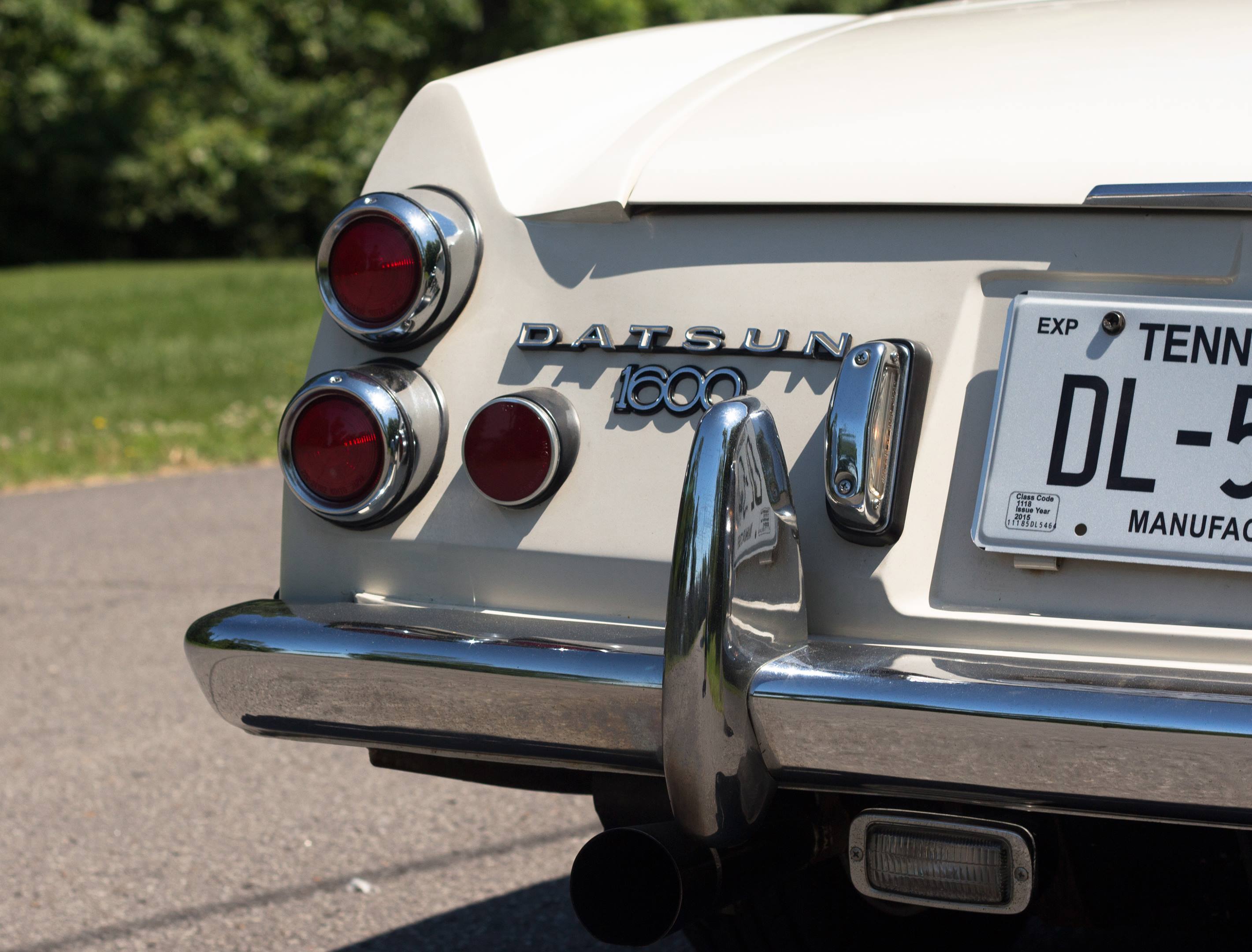Media | Articles
Yes, you should drive the heck out of a classic Japanese roadster
Should you consider a classic Japanese sports car? Signs undoubtedly point to “yes.” Trust me. I’ve been bitten by the bug.
A couple of years ago, thanks to Nissan and its collection of historic vehicles housed at the Lane Motor Museum in Nashville, Tenn., I had the opportunity to get behind the wheel of a (mostly unrestored) Datsun Fairlady 1600. At the time, I knew next to nothing about the automaker’s history of building sports cars that didn’t bear a “Z” appellation. Pardon the clickbaity appellation, but when I sat down and turned the key, something amazing happened. I fell in love with the roadster’s fun-to-drive attitude and compact proportions. My drive may have only lasted for an hour or so, but it was enough to convince me.
I like to vary my travels and broaden my automotive horizons, driving as many cars as possible. Forgetting the ones that made the strongest impact is not an option. That’s why I take every opportunity to return and drive this Fairlady—the one you see here—as often as possible. This past visit to Nashville marked my third time behind the wheel, and I feel a sharp pang of guilt with each mile that rolls by. According to the vehicle’s custodian, Nissan North America, there were only 250 clicks on the odometer before I jumped in. A convertible this fun and memorable deserves its exercise, right?


In white over red, this little Datsun bears a touching resemblance to Chevrolet Corvettes of the same era (and that’s about the only commonality between a Fairlady and a ’Vette). What’s it like to turn the key of a classic, museum-quality Datsun and hit the road? Nerve wracking, at first, but then completely normal—and much easier than expected. Disabuse yourself of the notion that a Japanese sports car with under 100 horsepower can’t be any fun at all, and listen to the gruff sound of its idle.
Marketplace
Buy and sell classics with confidence
To understand how and why the Fairlady 1600 is a such a well-polished piece of machinery, you need to look back to the vehicles that preceded it, including the Fairlady 1200 Roadster. Introduced in 1960, the SPL212 helped establish a standard for fun Japanese convertibles, at a time when America and Europe led the way and everyone else struggled to keep up. This convertible wasn’t Datsun’s first sports car (that honor goes to the S211), but it was its first effort exported to the U.S.
Nissan keeps an example of the very rare SPL212 at its museum home in Nashville, and few have ever had the chance to drive it, despite its indicated 40,000-odd miles (or kilometers?). Its sweeping curves connect it visually to the late 1950s and early ’60s, affording it a distinctive flair among small ragtops. And the SPL212 is seriously small. Compared to the Fairlady 1600, it feels like a microcar, and it has the power to match: a 48-hp four-cylinder engine.
You can trade kid gloves for driving gloves when you drive the sportiest Datsun convertibles of the ’60s and ’70s, the Fairlady Roadsters. Both convertibles were meant to be pushed. Rowing through the gears of the four-speed manual feels both a little more delicate and a little less refined than the Fairlady 1600s, but it made the 1200 no less fun to drive. Fourth gear is an overdrive intended for high-speed driving, although it was usable in stop-and-go driving along some of Nashville’s twisty back roads.
The most significant difference in the driving character between the pair was the heaviness of the SPL212’s steering—not always a great thing, and a surprise in such a light convertible. Otherwise, the lineage is clear, and the two share obvious DNA.
Visiting Nissan in Nashville is always a good time, browsing its collection and spending time with some of the world’s rarest classic vehicles. And I’ll be back for another go-around in the SPL212.














